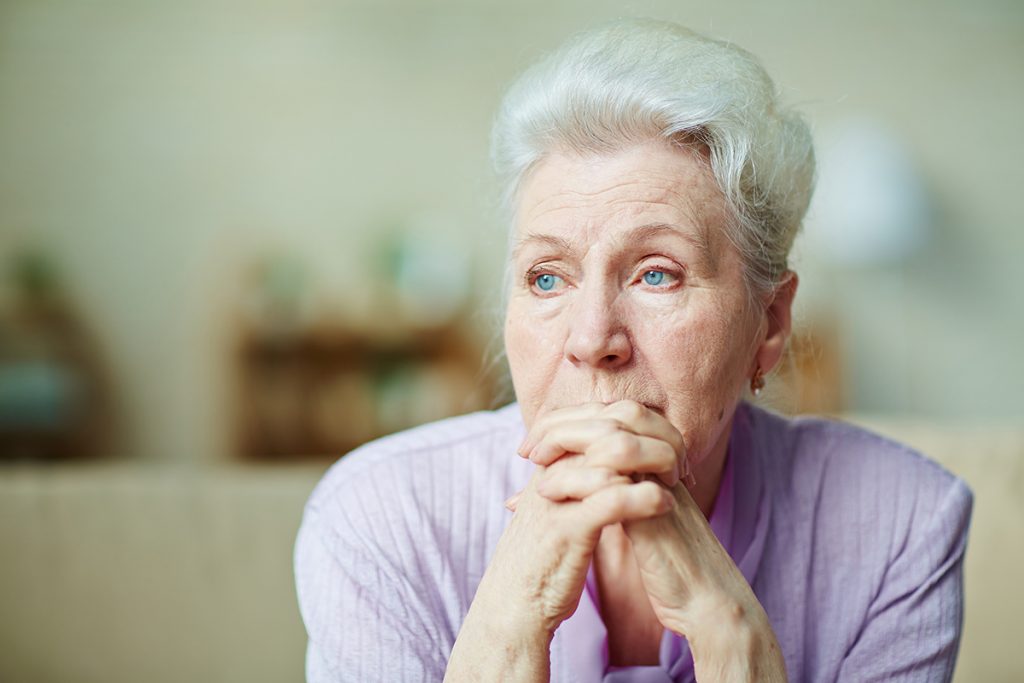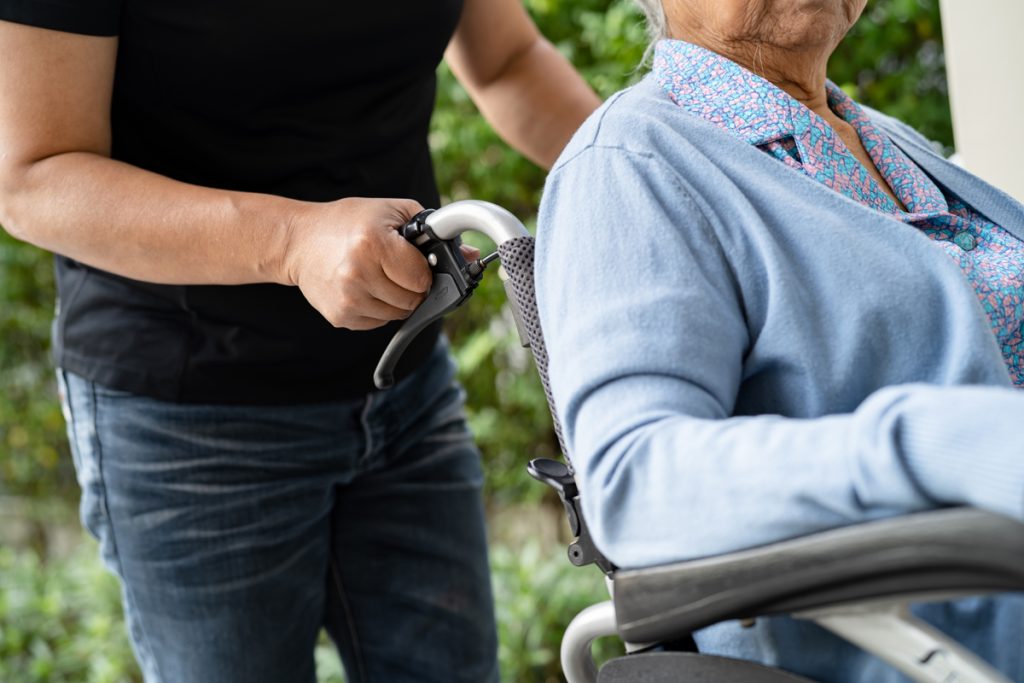Home Safety Assessments And Evaluations 2025
Home Safety Assessments & Evaluations: What You Need to Know
A home safety assessment is a thorough inspection of your home to identify hazards and improve safety for residents. These assessments are especially useful for families, seniors, individuals with disabilities, and new homeowners.
What can I expect from a home safety assessment? Who will evaluate my environment? What happens following the assessment?
1️⃣ What Does a Home Safety Assessment Cover?
🔹 General Home Safety:
- Trip and fall hazards (loose rugs, cluttered walkways)
- Fire safety (smoke alarms, fire extinguishers, escape routes)
- Electrical risks (frayed wires, overloaded outlets)
- Carbon monoxide detection (working CO detectors)
🔹 Structural & Environmental Risks:
- Mold, asbestos, or lead paint risks
- Proper ventilation and air quality
- Secure windows and doors for security
- Water damage or leaks that could cause slips
🔹 Fire & Emergency Preparedness:
- Properly placed and functional smoke detectors
- Accessible fire extinguishers
- Clear and accessible emergency exits
- Emergency plan and first aid kit availability
🔹 Child & Senior Safety:
- Stairs with secure railings and good lighting
- Cabinet locks for chemicals and medicines
- Bathroom grab bars for seniors
- Non-slip flooring and rugs
2️⃣ Who Should Get a Home Safety Assessment?
✔ Seniors & Aging Adults – Helps reduce fall risks and ensures emergency readiness.
✔ Families with Young Children – Identifies choking, fall, and poison hazards.
✔ People with Disabilities – Assesses accessibility and safety modifications.
✔ Homebuyers & Renters – Ensures the home is safe before moving in.
✔ Disaster Preparedness – Helps strengthen a home against potential emergencies.
3️⃣ Who Performs Home Safety Evaluations?
🏡 Professional Home Inspectors – Check for structural and environmental hazards.
👩⚕️ Occupational Therapists – Focus on safety improvements for seniors and disabled individuals.
🚒 Fire Departments – Some local fire departments offer free fire safety checks.
🔧 Handymen/Contractors – Can fix issues found during assessments.
4️⃣ How to Conduct a DIY Home Safety Check?
✅ Walk through your home, looking for trip hazards, fire risks, and emergency exits.
✅ Test smoke and CO detectors regularly.
✅ Check outlets and extension cords for overloading.
✅ Secure heavy furniture to prevent tipping.
✅ Ensure stairs and walkways are well-lit and free of clutter.
How Much Does A Home Safety Assessment and Evaluation Cost?
The cost of a home safety assessment varies based on factors like location, size of the home, and the provider conducting the evaluation. Here’s a general overview:
General Cost Range
-
National Average: Typically, fees range from $199 to $399. This variation depends on the home’s size and specific regional factors.
-
Medicare Coverage: In some cases, Medicare Part B may cover the cost of a home safety assessment, especially if it’s deemed medically necessary. Out-of-pocket expenses can range from $50 to $200, depending on your coverage.
Related Posts




